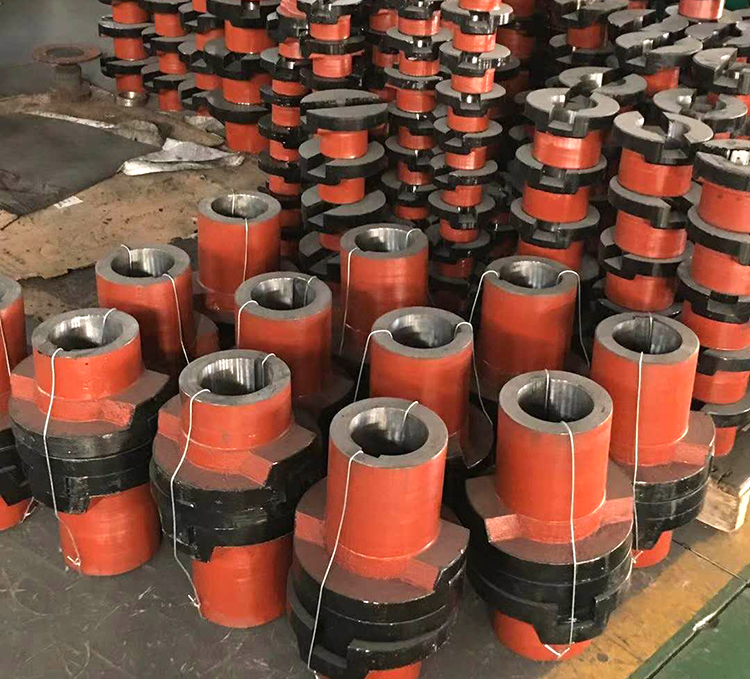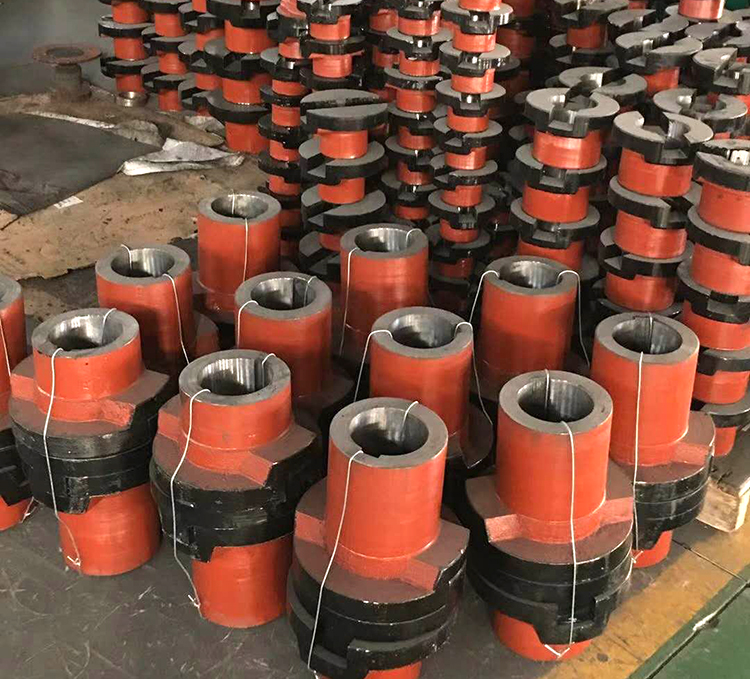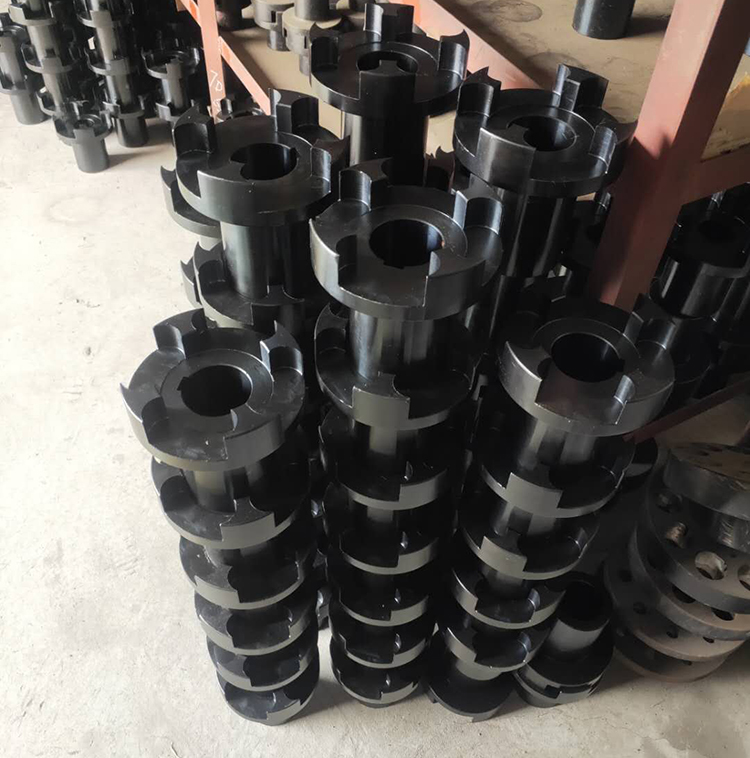






Coupling refers to a device that connects two shafts or shafts with rotating parts, rotates together during the transmission of motion and power, and does not detach under normal circumstances. Sometimes it is also used as a safety device to prevent the connected components from bearing excessive loads, serving as overload protection.
Couplings can be divided into two categories: rigid couplings and flexible couplings.
Rigid couplings do not have buffering and compensation capabilities for relative displacement between two axes, requiring strict alignment between the two axes. However, this type of coupling has a simple structure, low manufacturing cost, easy assembly, disassembly, and maintenance, high alignment between the two axes, and can transmit large torque, making it widely used. Commonly used couplings include flange couplings, sleeve couplings, and clamp shell couplings.
Flexible couplings can be divided into non elastic element flexible couplings and elastic element flexible couplings. The former type only has the ability to compensate for the relative displacement of two axes, but cannot buffer and reduce vibration. Common types include slide couplings, gear couplings, universal couplings, and chain couplings; The latter type, due to the presence of elastic elements, not only has the ability to compensate for the relative displacement of two axes, but also has buffering and vibration reduction effects. However, the transmitted torque is generally limited by the strength of the elastic elements and is not as good as that of non elastic element flexible couplings. Common types include elastic sleeve pin couplings, elastic column pin couplings, plum blossom couplings, tire couplings, serpentine spring couplings, and reed couplings.
 Address:Zibo, Shandong
Address:Zibo, Shandong WhatsApp:+8615805335335
WhatsApp:+8615805335335 Wechat: +8615805335335
Wechat: +8615805335335  E-mail:zs@sdsmachinery.com
E-mail:zs@sdsmachinery.comHard tooth surface reducer manufacturer: The company produces various types and specifications of reducers such as ZQ reducers, shredder reducers, MBY edge drive grinder reducers, HB high-power reducers, etc